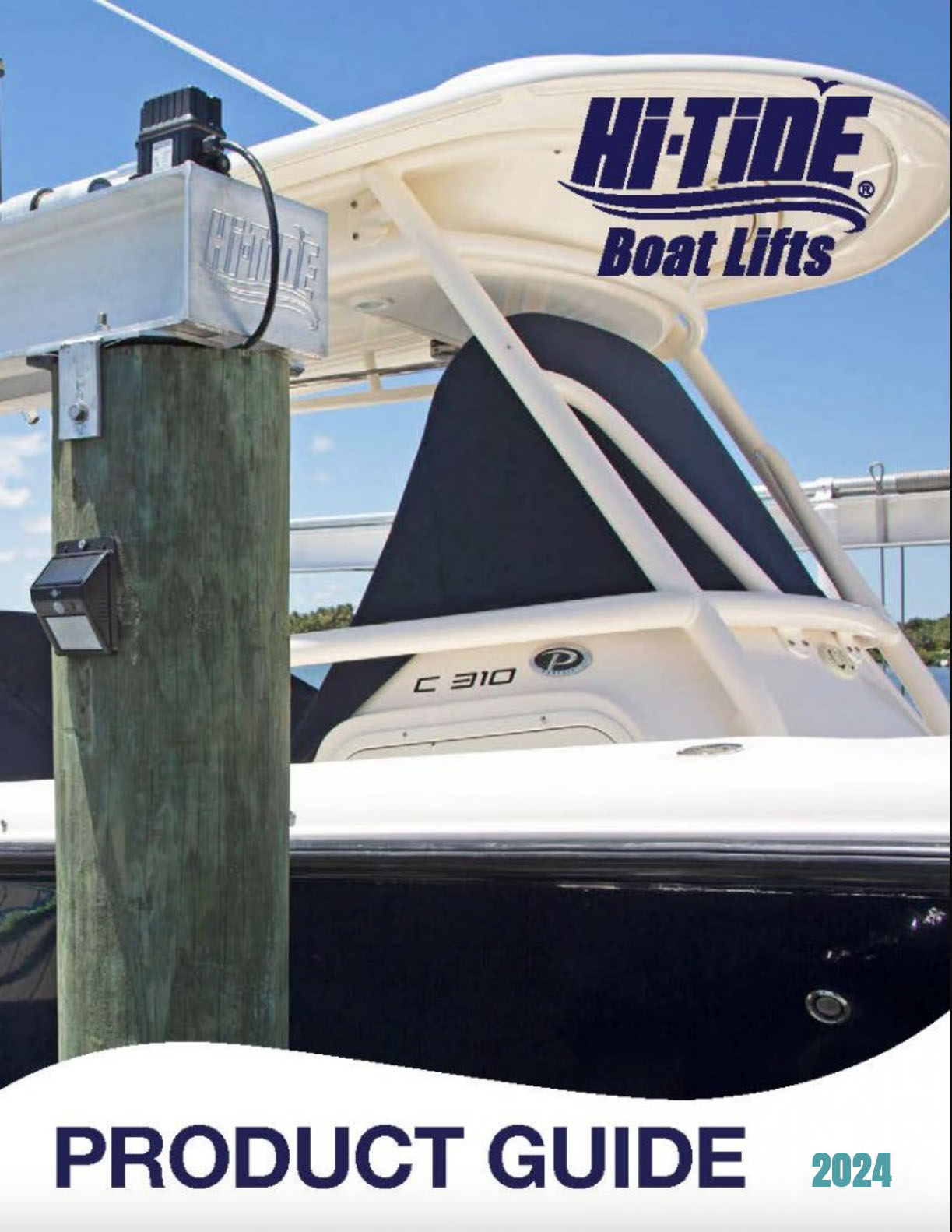
Outboard vs. inboard motors–boaters often have some deep-seated opinions on this debate. Instead of taking a side (and bracing for hate mail), we decided to get the facts together so that you can be better informed before buying your next boat. Let’s break down the benefits to both propeller pushers.
The Outboard vs. Inboard Motors Debate
For the uninitiated, outboard motors hang off of the stern of the boat and provide the following benefits to boaters:
- Safer travel in shallower waters. Outboard motors can be adjusted or lifted completely out of the water to avoid running aground.
- More space on your deck and below deck. Though an outboard will take up some space at the stern, it is often much less than the space needed to house an inboard motor.
- Much easier maintenance. Repairs are extremely easy to conduct since the motor is not in a confined, cramped engine compartment.
Inboard motors are not without merit, however. Sitting in an engine compartment under the deck, they provide boaters:
- A lower center of gravity, which may help keep a boat upright in rough seas.
- Better horsepower and torque, depending on the model. Many inboard motors are larger and more powerful than their outboard counterparts.
- A quieter ride, as the motor is tucked in a compartment onboard instead of our in the open.
Another consideration is how the boat feels to maneuver. Inboard motors require much more power to steer in a particular direction, while outboard motors are a bit more easily handled. It’s definitely a personal preference decision, but one you should keep in mind if you are used to one propulsion method or the other.
The outboard vs. inboard debate is sure to rage on, but as long as you’re on the water, it’s hard to have a bad time. Do your homework, ask a friend and buy the boat that best suits your wants and needs.
Regardless of the boat you choose, when it’s time to dock up, Hi-Tide will be there to give you a lift.

